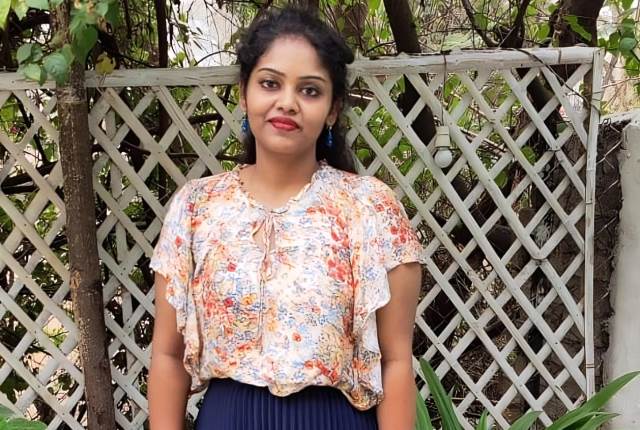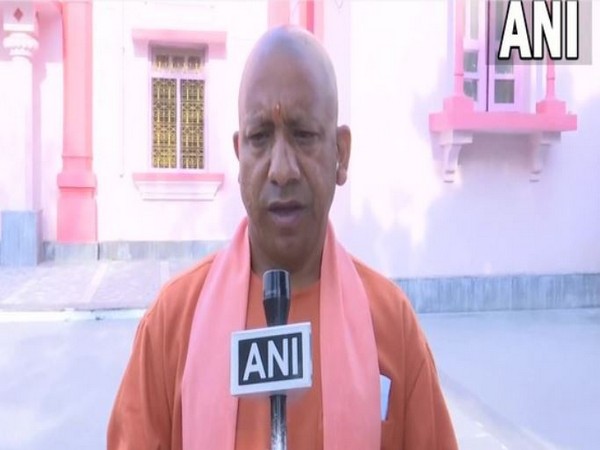Sushreeta Mohapatra, a content writer with Indian School of Business in Hyderabad, speaks about the latest Maldives vs Lakshadweep row. Her views
An upshot of the recent diplomatic fracas between India and Maldives over the Indian Prime Minister’s social media posts on the beauty of Lakshadweep has been the increasing interest among Indian tourists in visiting Indian destinations. But for how long will the wave sustain, and will it even translate into action?
Remember the days when the lockdown norms were eased and all you could see on your social media feeds were pictures of celebrities posing in exotic foreign locales? Nearly three years down the line, the penchant of Indian tourists for foreign locales is once again in the spotlight. Which begs the question – are we doing our country a disservice by choosing others for that dream vacation? Perhaps it is not as simple as it appears.
Nowadays, rather unfortunately, most people choose their vacation destinations not for the sights but for the likes they will bring. The simple joy in exploring new places has given way to the itch for sharing ‘Instagramworthy’ pictures. And let’s face it – travelling outside India for a vacation is seen more as a social status benchmark than anything else. Forget the luxury traveller – even the middle class is off to a foreign vacation at the first chance they can afford.
And with budget tours, cheap airfare, and ease of paperwork, who wouldn’t want to? The ‘have money, will travel’ motto which seems to drive most people, particularly the youth, to plan a vacation can easily be revised to read ‘have money, will travel abroad!’ That a vacation in some of these foreign locales burns a smaller hole in the pocket than one in a popular destination in India only complicates matters.
Following an appeal to the citizens by the Prime Minister during his 2019 Independence Day address to explore more Indian destinations, in 2020, the Ministry of Tourism, Government of India, launched the Dekho Apna Desh Scheme. The scheme was meant to encourage Indians to see more of their own country, to explore its “diverse and rich cultural heritage.”
ALSO READ: ‘Can Lakshadweep Ecology Cope With Heavy Tourist Influx?’
Numbers speak encouragingly of the effort, portraying an over 11% increase in the number of annual domestic tourists in 2021. But here’s the catch – in the same period, the destinations which saw the most influx of domestic tourists continued to be the well-known ones, the Taj Mahal taking the top spot in terms of popularity. Are Indians less adventurous then, when it comes to seeking out new vacation destinations?
Not really. Indians travel their own country in far larger numbers than the recent news filtering down from social media seems to suggest. That the spotlight has been put on the lesser-explored destinations such as Lakshadweep and NorthEast India is less a reflection of actual travel trends and more of the continued ignorance of social media users. And let us not forget that some of these exotic Indian destinations have been accepting limited numbers of tourists, and for good reason.
To put the blame on the hospitality industry then would be misguided. After all, some of the best luxury hospitality enterprises offer spectacular experiences in scenic, remote locales within India, and they do have their takers.
In the end, only time, and people, will tell if ‘local’ tourist destinations will gain greater popularity at the expense of foreign vacations. For now, there is a wave that is fuelling the interest in exploring India, riding high on nationalistic pride, and if the seventh most beautiful country in the world (as ranked by a leading business magazine) can make the most of it, it only bodes well for everyone.
As told to Deepa Gupta
For more details visit us: https://lokmarg.com/


